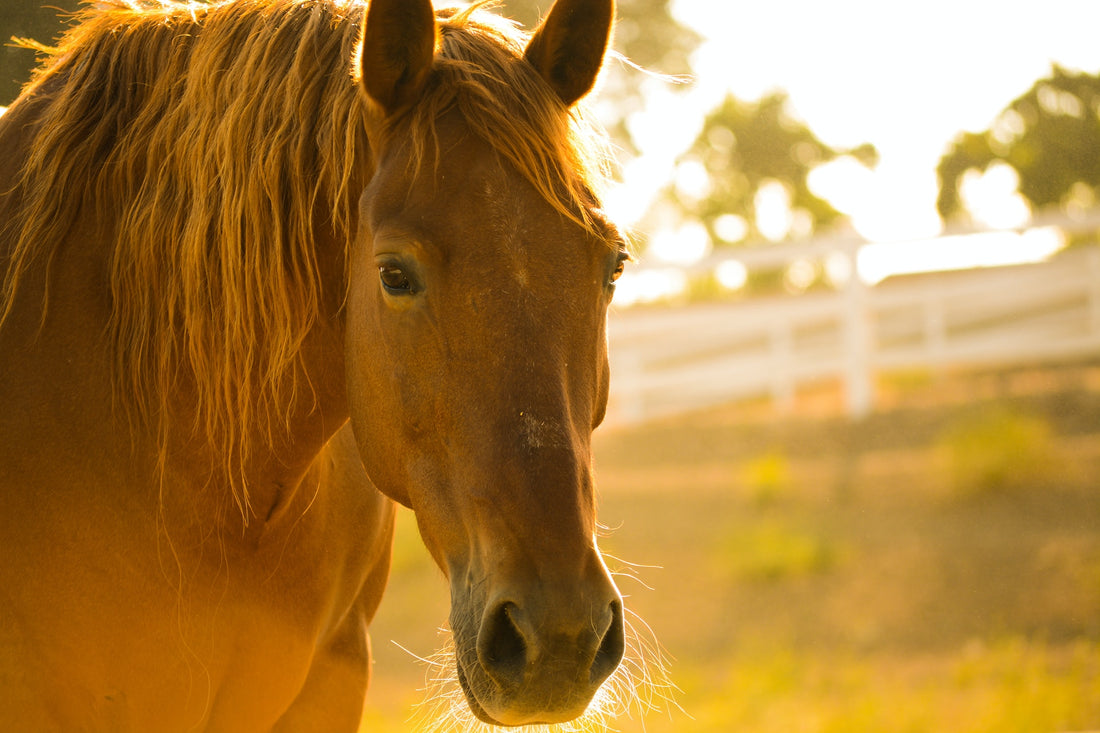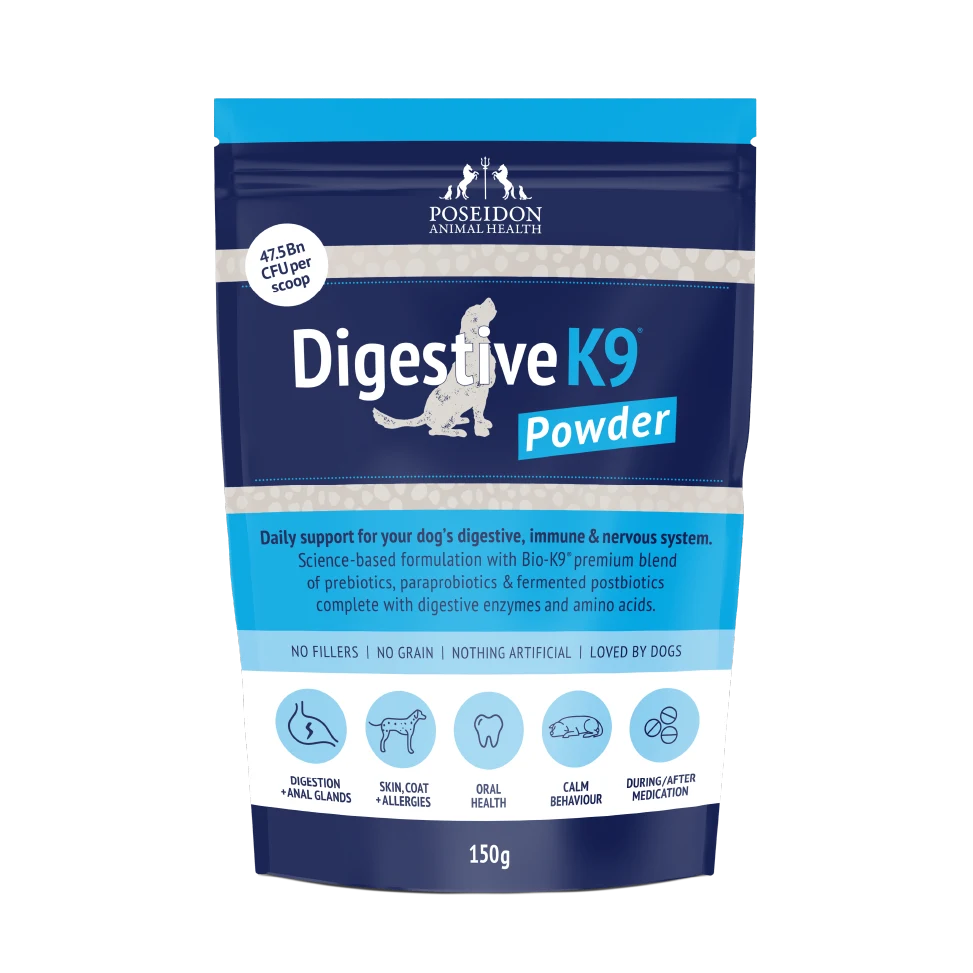
By Dr Erin Roddy, DVM
Before we discuss insulin dysregulation in horses, let’s start with what should happen in a healthy horse whose body is functioning as it should.
- In healthy horses, when starch and sugar are consumed, the GI tract converts those starches and sugars into glucose which is then absorbed through the gut wall into the blood stream.
- Once the glucose reaches the blood stream, the body senses that the levels of glucose in the blood have increased, and signals the pancreas to produce a hormone called insulin.
- Insulin signals the tissues in the body which use glucose for fuel to open their receptors, so that the glucose can be absorbed from the blood stream into these tissues. The tissues that absorb glucose (such as muscles, brain tissue, and fatty tissue) either convert the glucose to energy, or store the glucose to use later.
Insulin is essentially a traffic cop which gives the tissues the green light to absorb glucose from the blood. Without insulin, the glucose would just continue circulating in the blood stream, which can lead to chronic inflammation.
Insulin dysregulation is the term we use when the normal insulin system isn’t working. There can be a couple of ways this happens but the end result is too much insulin and sugar remaining circulating in the blood stream. Sometimes not enough insulin is produced by the body which means that the sugar absorbed by the GI tract can’t be absorbed by the tissues that need it.
Diets which are chronically high in starch and sugar can result in the horse’s body producing insulin - but not enough to clear the sugar in the blood stream. This results in the tissues becoming resistant to insulin; which means that the body produces insulin but the tissues don’t absorb the glucose in the blood stream, so the body produces more insulin but the tissues just don’t absorb the glucose as they should. The end result of insulin resistance is insulin dysregulation: too much insulin and often glucose circulating in the blood stream. Some horses and ponies are also genetically predisposed to insulin resistance meaning that even on low sugar and starch diets they still have too much insulin and glucose circulating in their blood stream.
Too much blood sugar leads to horses with obesity & laminitis
When glucose doesn’t get absorbed but remains in the horse’s blood stream, it can be converted to fat causing obesity and fatty deposits, and can cause chronic inflammation which leads to laminitis.
Inappropriate blood insulin levels (insulin dysregulation) is also associated with Equine metabolic syndrome (EMS). Equine Metabolic Syndrome leads to increased fat deposition and a reduced ability for the horse to lose weight. When affected horses consume feeds high in specific carbohydrates, their bodies produce abnormally high amounts of insulin and only return to baseline values slowly. These clinical signs have been referred to as hypothyroidism, peripheral Cushing’s disease, prelaminitic syndrome, or Syndrome X.
Horses with EMS are at a high risk of laminitis.
How to help a horse with Insulin Disregulation
We can do a blood test to assess insulin dysregulation in horses and ponies which will help diagnose and monitor this condition.
If your horse is insulin dysregulated, management changes are vital to help prevent obesity, fatty deposits, and laminitis.
Management changes include:
- Feeding your horse diets low in starch and sugar and high in fiber, but also;
- Avoiding long stretches of fasting, as starving horses signals them to break down fatty tissue which releases excess glucose back into the blood stream, which restarts the vicious cycle.
- Exercise is also important although it also needs to be carefully controlled if acute or chronic laminitis are already present.
- A supplement such as MetaboLize® directly targets numerous stages of the insulin dysregulation pathway, and can be a gamechanger for horses and ponies struggling to normalize their insulin mechanism.
Thanks to Kelly Forrister for use of the image.






















